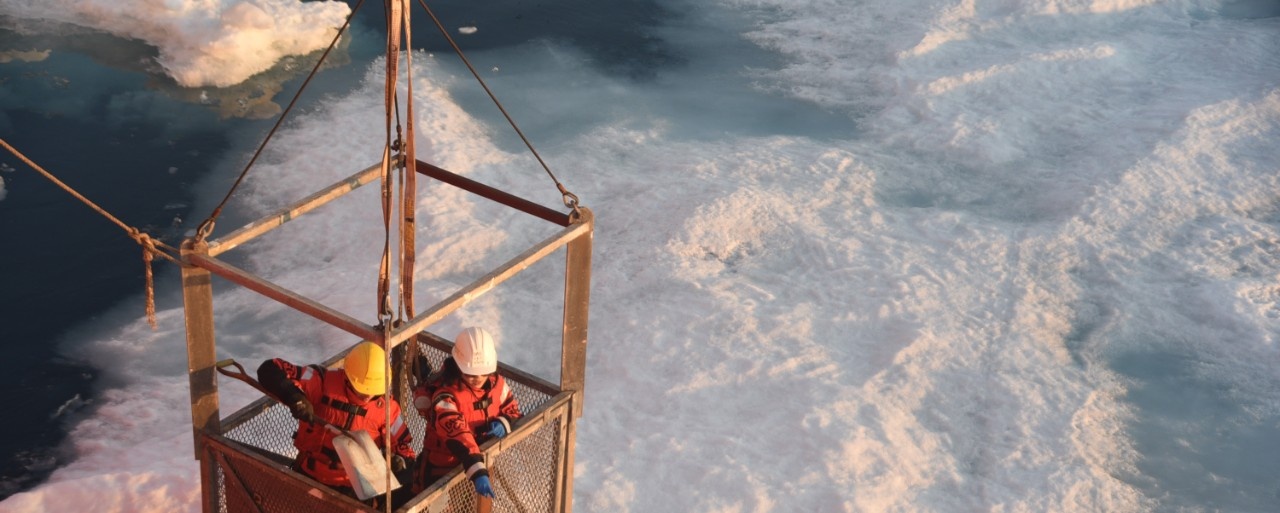Mark Deptuck

Ph. D. Thesis
Post-rift geology of the Jeanne d'Arc Basin, with a focus on early Paleogene submarine fans and insights from modern deep-water system
(PDF - 30.6 Mb)
The Jeanne d'Arc Basin (JDB) is a relatively small passive-margin rift basin that underlies the northeastern part of the present day Grand Banks of Newfoundland. Up to 4 km of Upper Cretaceous and Tertiary strata were deposited in the basin and are generally believed to record its post-rift history. The interval has, until now, remained poorly studied despite the plethora of well and seismic data in the region. This thesis aims to 1) improve the understanding of the post-rift succession in the JDB, 2) determine the architecture and growth patterns of early Paleogene submarine fans, and draw comparisons with both modern and ancient analogues, and 3) investigate the architecture and evolution of sinuous submarine channels in the JDB and other locations around the world.
Key seismic markers correlated across the JDB and Flemish Pass, combined with well ties, were used to establish a regional framework for the post-rift history of the northeastern part of the Grand Banks. The succession has been divided into four stages, each defined according to its depositional setting and basin structure. The study area evolved from a confined rift basin (stages 1 and 2) to the unconfined Grand Banks shelf and slope located along the present margin (stages 3 and 4). A formal lithostratigraphic classification scheme is proposed for Upper Cretaceous and Tertiary strata in the JDB, and formal definitions are provided for four members of the Dawson Canyon Formation and five members of the Banquereau Formation. Sparse wells combined with 2-D and 3-D seismic data were used to study the architecture and evolution of small, sand-prone early Paleogene submarine fans. The fans consist of complex mounded seismic facies located at the mouths of sinuous to straight submarine channels of various dimensions. Modern analogues were used to understand the distribution and pre-compaction geometry and dimensions of potential mound-forming elements like channels and lobes. Both 2-D and 3-D seismic data from much larger submarine channel-belts off West Africa and in the Arabian Sea were used to study how channels evolve within the confines of channel-belts, and provide additional insight into fans in the JDB and elsewhere.
Keywords:
Pages: 398
Supervisor: D. J. W. Piper



